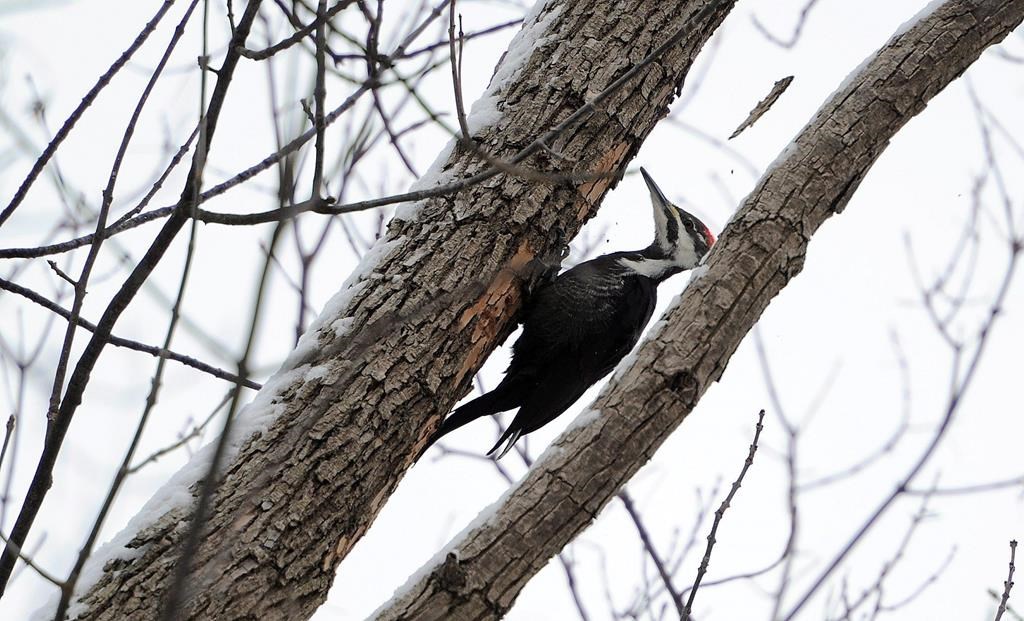Pierre Saint-Arnaud, The Canadian Press
Montreal – Canadians have the opportunity to do something for the environment while having a great time outdoors.
From July 28 to August 1, The Nature Conservancy of Canada (NCC) is calling on citizens to get outside and document their observations of the plants and animals in the environment, where they will be at that time.
This is the third time that the NCC has conducted what it calls the Grand BioBlitz across Canada. Observations can be made in his yard, on his porch, or during his lunch hour as on a trip in the great outdoors.
Claude Drollet, land stewardship project manager at NCC, notes he was pleasantly surprised by the observations last year, when the monarch butterfly was reported most often. “I find it interesting that the species at risk are the most frequently observed species in the project!”
On the other hand, “Birds are those in which one can look for the most unusual observations,” particularly in the sense that they are regularly spotted where one would not expect them, identifies Mr. Derrolet, also an ornithologist.
The conservation organization is collecting notes and photos that will be included in this extensive participatory inventory of the species. Such an exercise that is being carried out throughout Canada makes it possible to collect important data on the population and distribution of the species observed. In turn, this data will guide scientists and conservation planners in implementing projects to protect and restore natural environments across the country.
The Nature Conservancy of Canada regularly purchases land to protect what is there, and these observations are part of that process, says Mr. Derulet. “Knowledge of endangered species will be used in our prioritization analyses. We are relying on science to prioritize sites we want to protect, to try to have key spaces to protect endangered species, for example.”
At the same time, The Nature Conservancy of Canada argues that this is a good time to encourage people to take a closer look at the nature around them and learn more about biodiversity, not to mention the recognized beneficial effects of air, both on a physical and mental level. Psychological health.
Practical guide
To participate in the Grand BioBlitz, simply register at natureconservation.ca/bioblitz. Each registered person receives a practical guide, tips on taking pictures, and information on identifying species.
The organization explains that the report of invasive plants such as garlic mustard or a rare bird such as the red-headed woodpecker each have their significance. This data can then be used to identify the habitats of endangered species that need protection or the spread of invasive species.
“People can even report which species are in their flower beds, but they must check the box that says it is a cultivated species, in this case,” says Claude Drollet. When it’s not a native species, “it’s interesting to see which species have invasive potential,” he explains.
Ultimately, however, “the aim of the project is not only to accumulate scientific knowledge, but also to raise people’s awareness of nature close to home and get them to go and observe this nature and know the importance it can have in their lives,” says Mr. Drollet.
Last year, more than 6,500 people registered more than 36,000 views across the country as part of the activity. A particularly enthusiastic person from Quebec made more than 280 observations over the three days.

“Music guru. Incurable web practitioner. Thinker. Lifelong zombie junkie. Tv buff. Typical organizer. Evil beer scholar.”







More Stories
Sperm for science used in fertilization: already 16 contacts
Scientists have discovered new health risks associated with microplastics
The Japanese probe intact survived a third lunar night